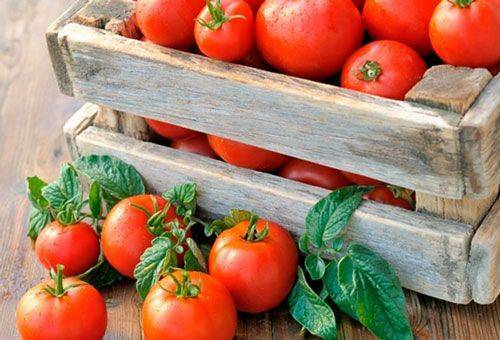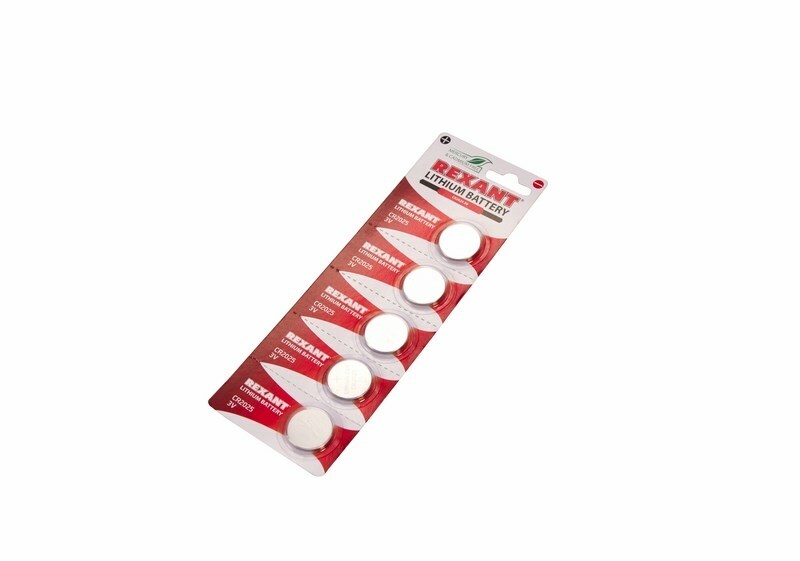Contents:
- Methods for processing tomatoes that can extend their shelf life
- How can tomatoes be kept for the winter?
- How can I store tomatoes for ripening?
- We store tomatoes in the refrigerator correctly
People who think that it is impossible to keep fresh tomatoes at home for a long time is very much mistaken, very perishable and capricious. In fact, there are several techniques for storing tomatoes in an apartment without resorting to approaches such as conservation. Ware not only vegetables grown and collected independently, but also products purchased in the market.

In any case, pre-processing of components will be carried out, allowing to increase the chances of their successful and long-term storage. Best long-term storage at home tolerates brown tomatoes. Ripe red products are best used for preparation of blanks for the winter, and brown ones - left for ripening and subsequent storage in fresh form.
Methods for processing tomatoes that are able to extend their shelf life
Regardless of how the storage of tomatoes is planned, it is necessary to prepare the ingredients for the event. This will not only prolong the shelf life of products, but also prevent weathering of the fresh fragrance for which vegetables are so valued.
- First, sort the vegetables according to their size and maturity. Storage of red and green fruits is carried out at different temperatures, and large vegetables, in spite of logic, ripen faster than small ones.
- At home, you can store only absolutely healthy and dense fruits. Even the slightest trace of phytophthora can spoil the entire bookmark, so the examination should be done carefully.
- Tomatoes will last longer if they are not removed from the stems and thoroughly dried before cleaning.

Tip: Before making a bookmark, the container must be treated on all sides with alcohol and dried. This will get rid of many pathogenic microbes and putrefactive bacteria, which will significantly prolong the shelf life of tomatoes.
- Until a decade ago, agronomists knew how to keep fresh tomatoes. To this end, they used a weak gelatin solution or a thin waxy layer. The product was applied to the fruits in a uniform layer and dried.
- Tomatoes, pretreated with 0.3% boric acid solution or light pink potassium permanganate, will remain much longer.
Once the vegetables are sorted and processed, you can proceed with their laying. Some varieties, such as Cherry, are not subject to long-term storage. Their skin is so thin that it reacts too violently to any changes in the environment. Fruits with a dense skin, especially late varieties, react to storage much better.

How can I keep tomatoes for the winter?
Depending on the conditions that you can create, you can choose one of the following approaches to storing tomatoes:
- Fruits are laid out in boxes with walls and a bottom in the form of a lattice, which are preliminarily lined with clean paper without a font. Multilayer piling is allowed, but it is necessary to separate the layers with paper sheets, peat or wood sawdust. We put the tanks in a room with good ventilation, as to keep tomatoes that constantly emit carbon dioxide in a room with standing air will not work.
- Milk tomatoes should be wrapped in black parchment paper before laying in a trellised container. Lay the layers with straw and put the box in a dark place. Ideal will be conditions with a stable temperature in the region of + 10 ° C and good air flow.
- If desired, you can save even ripe tomatoes, ready to eat. In order not to risk, it is best to use one of the effective preservatives. You can pour vegetables with vegetable oil, covering them by 1 cm. Or to prepare a solution of eight parts of water, one part of vinegar and one part of salt.
- Even overripe fruits can be salted, keeping for a few weeks. To do this, my tomatoes, cut into large pieces and put in a jar or pot 10-centimeter layer. Sprinkle the bookmark with salt and again spread the vegetables. So repeat until you can fill the dishes. Hermetically close the container is not necessary, but it needs to be stored in the refrigerator.

In the room for storing tomatoes, the humidity level should be in the range of 80-90%, the temperature from +8 to +12ºС.To store red ripe tomatoes, the temperature should be reduced to + 2 ° C.Violation of the conditions leads to the appearance of mold or withering fruit.
How can I store tomatoes for ripening?
Practice shows that only those tomatoes that have at least one brown patch on a green background can be taken for ripening. Absolutely green fruits, if they blush, it is uneven, and the taste of them will be quite specific.
How to store tomatoes of brown color for their ripening:
- Fruits are wiped, put in containers of 10 kg with petioles upwards. The cleaned disinfected boxes are best suited.
- Tomatoes should not come into contact, they need to be sprinkled with wood chips or each wrap separately in very thin paper.
- The box must always be covered with a lid, but you must leave air access. Store these blanks at a temperature of +4. . + 6ºС.

Maturation and storage of green tomatoes:
- The simplest way to decompose the tomatoes in a warm room, then they will not take more than three days to mature. Experts recommend keeping fruits in the dark, then the ripening process will not go so fast, but in the end result, the tomatoes will have a uniform red color.
- Tomatoes, laid out in boxes and abundantly interspersed with onion husk, will be kept much longer. The temperature should be kept within -2. . + 2ºС.
If green tomatoes do not blush for a long time, most likely this will immediately be followed by a rotting stage. In this case, the room needs to be ventilated, after removing the fruit in another place. Such consequences may indicate an excess of carbon dioxide in the room or excess heat.

Store tomatoes in the refrigerator correctly
Storage of tomatoes in the refrigerator is acceptable, but undesirable. In a chamber with a constantly changing temperature( due to the opening of the door), processes occur that adversely affect the condition of the vegetables. Do not keep tomatoes in the fridge for more than 2-3 days. And if they plan to lay them for winter, then this period should be reduced to a day.
Immediately after coming from the store, you need to get the vegetables out of the plastic bag and lay them in the appropriate tray, after wrapping the paper. This will prolong the freshness of the ingredients, while damaging one component will not have a negative effect on the whole batch.

If the preventive decay of manipulation does not give the desired result, the only salvage of the product will be its pasteurization. It can easily be carried out at home. The water is heated to 55-65 ° C, we lower into it the spoiled fruits with brown spots. We wait no more than two minutes, get the fruits and dry them, spread out on a towel or paper in a ventilated room. This manipulation will add tomatoes no more than a few days, but prevent their rapid decay.



